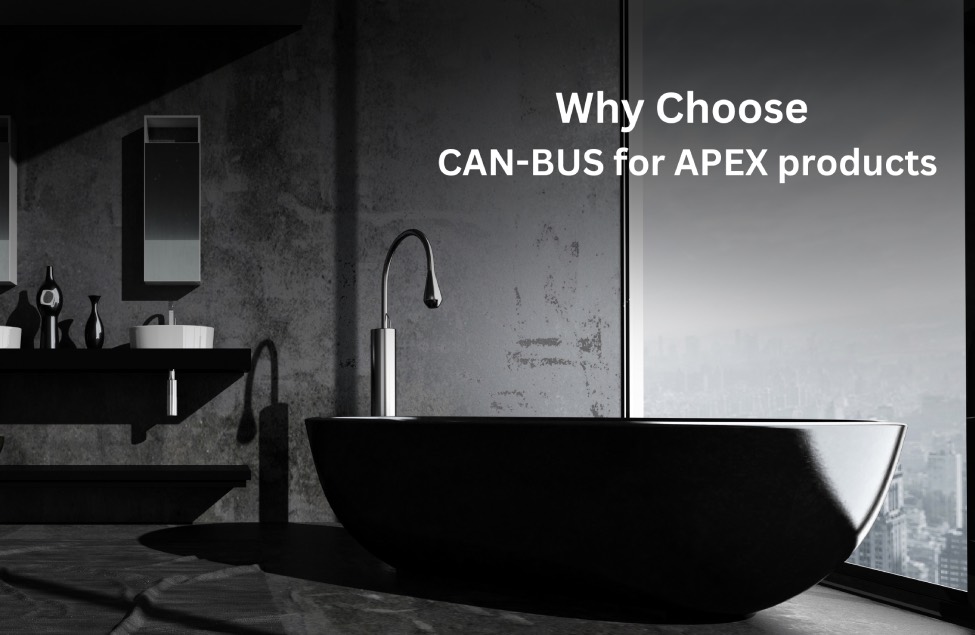- Reliability and Robustness Error Detection and Handling: CAN-BUS is renowned for its robust error detection mechanisms, including CRC (Cyclic Redundancy Check), acknowledgment, and bit stuffing. These ensure data integrity and reliable communication. Noise Immunity: Designed for automotive environments, CAN-BUS is highly resistant to electromagnetic interference, making it ideal for the potentially noisy environment of a smart home with many electronic devices.
- Multi-Master Capability Decentralized Control: Unlike Modbus, which is master-slave and can be a bottleneck with a single point of failure, CAN-BUS supports multi-master operation. This means multiple devices (nodes) can initiate communication, leading to a more resilient and flexible network.
- Efficient Bus Utilization Non-Blocking Communication: CAN-BUS uses a priority-based protocol with collision detection and resolution. Even though multiple devices may attempt to send messages simultaneously, the protocol ensures that the highest priority message gets through without delays, making the bus more efficient.
- Scalability Easy Expansion: Adding more devices to a CAN-BUS network is straightforward and does not significantly impact the performance. This is crucial for smart homes where the number of connected devices can grow over time.
- Speed and Performance High Data Rates: CAN-BUS supports high data rates up to 1 Mbps (CAN FD even higher), which is sufficient for most smart home applications, including real-time control and monitoring.
- Industry Adoption and Support Wide Usage: Originally developed for automotive applications, CAN-BUS has been widely adopted in various industries, leading to a wealth of available components, tools, and resources for development and troubleshooting.
- Flexibility and Versatility Application Range: CAN-BUS can be used for a wide range of applications, from simple sensor networks to complex automation systems. It’s adaptable and can be used for both simple and complex control tasks in a smart home.
Comparison with Other Protocols
Modbus
Master-Slave Architecture: Modbus is a master-slave protocol, which can lead to bottlenecks and single points of failure. The bus is often busy because communication is centrally controlled by the master.
Error Handling: While Modbus has basic error-checking capabilities, they are not as advanced as CAN-BUS.
M-Bus
Metering Focus: M-Bus is primarily designed for metering applications and may not be as versatile for general control and automation in smart homes.
Slave Configuration: It is a master-slave protocol, similar to Modbus, with inherent limitations in flexibility and fault tolerance.
BACnet
Complexity: BACnet is a comprehensive protocol designed for building automation and control networks. While it is feature-rich, it can be more complex to implement and maintain compared to CAN-BUS.
Network Load: BACnet can be chatty, leading to higher network loads, which might not be ideal for a smart home environment with numerous devices.
KNX
Specialized Equipment: KNX is a specialized protocol for building automation, requiring certified hardware and software, which can be more expensive and harder to source.
Configuration Complexity: Setting up a KNX system can be more complex and time-consuming compared to CAN-BUS.
Conclusion
CAN-BUS offers a superior combination of reliability, flexibility, efficiency, and ease of use, making it an excellent choice for smart home applications. Its multi-master capability, robust error handling, and efficient bus utilization set it apart from other protocols, ensuring a resilient and scalable smart home network.

